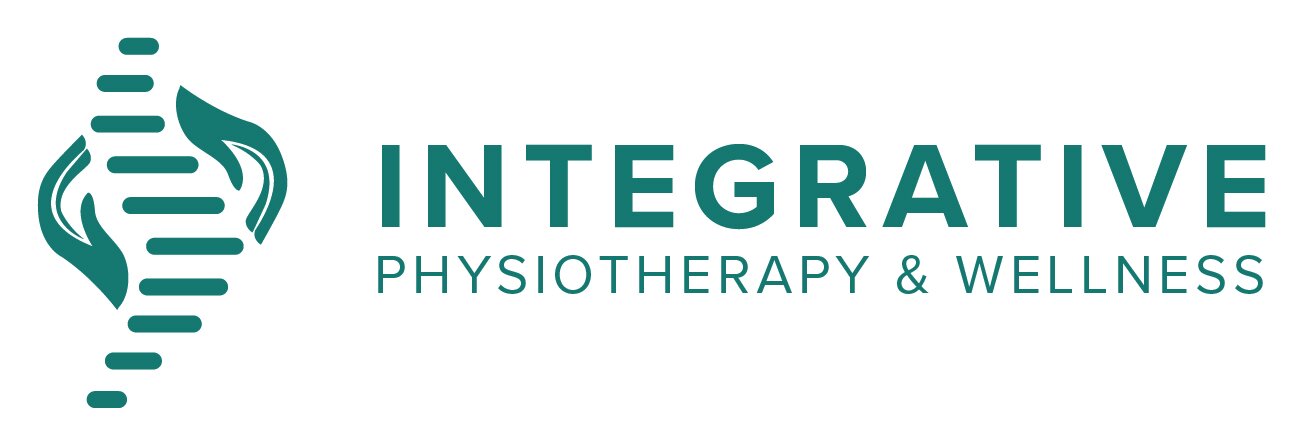Scoliosis
Scoliosis is a musculoskeletal condition that affects the curvature of the spine. It is characterized by an abnormal sideways curvature, often resembling an "S" or a "C" shape. While scoliosis can occur at any age, it most commonly develops during the growth spurt just before puberty. This blog aims to shed light on scoliosis by exploring its causes and discussing physiotherapy as an effective treatment option.
What is Scoliosis?
Scoliosis is a complex condition that involves the abnormal lateral curvature of the spine. In a healthy spine, when viewed from the back, it appears straight. However, in individuals with scoliosis, the spine curves to the side, causing an asymmetrical appearance. The severity of scoliosis can vary from mild to severe, depending on the degree of curvature.
Cause of Scoliosis?
The exact cause of scoliosis remains unknown in most cases, which is referred to as idiopathic scoliosis. However, several factors can contribute to the development of scoliosis:
Idiopathic scoliosis: This type of scoliosis has no known cause and accounts for the majority of cases, particularly among adolescents.
Congenital scoliosis: It occurs due to abnormal spinal development before birth and is often present at birth.
Neuromuscular scoliosis: Conditions such as cerebral palsy, muscular dystrophy, or spinal cord tumors can lead to scoliosis.
Degenerative scoliosis: It can occur as a result of age-related wear and tear, causing the spine to curve.
Traumatic scoliosis: Spinal injuries or fractures can sometimes cause scoliosis as the spine heals.
Signs & Symptoms of Scoliosis
Uneven Shoulders: One of the noticeable signs of scoliosis is uneven shoulder heights. When observed from behind, the shoulders may appear at different levels, with one being higher than the other.
Asymmetrical Waistline: Scoliosis can cause an uneven waistline, where one side appears higher or more prominent than the other. This asymmetry may become more apparent when wearing tight-fitting clothing or when standing without a shirt.
Uneven Hips: Scoliosis can also affect the alignment of the hips. When looking at the individual from behind, one hip may appear higher or more pronounced than the other.
Off-Center Spine: A significant symptom of scoliosis is the presence of an off-center spine. Instead of a straight line down the middle of the back, the spine may curve to one side, forming an "S" or a "C" shape.
Visible Curvature: In severe cases of scoliosis, the curvature of the spine may be visible, even when the individual is wearing clothing. This curvature can be more apparent when the person bends forward or leans to the side.
Back Pain: Some individuals with scoliosis may experience back pain, particularly if the curvature progresses or places strain on the surrounding muscles. The pain may be localized to the affected area or radiate along the spine.
Reduced Range of Motion: Scoliosis can limit the range of motion in the spine, making it difficult for individuals to twist, bend, or rotate their torso comfortably.
Fatigue and Discomfort: Scoliosis can lead to fatigue and discomfort, especially after prolonged periods of sitting or standing. The body's attempt to compensate for the spinal curvature can strain the muscles and ligaments, causing tiredness and general discomfort.
Breathing Difficulties: In severe cases of scoliosis where the curvature affects the chest cavity, individuals may experience breathing difficulties due to reduced lung capacity.
Emotional Impact: Scoliosis can also have an emotional impact, particularly among adolescents. The visible changes in body shape and the challenges associated with managing the condition can lead to self-consciousness and decreased self-esteem.
How Physiotherapy Can Help With Your Scoliosis?
While the treatment approach for scoliosis may vary depending on the severity, age, and underlying cause, physiotherapy plays a crucial role in managing the condition. Here are some commonly used physiotherapy techniques:
Physical Assessment: A thorough physical assessment is conducted by a physiotherapist to determine the degree of curvature, flexibility, and muscle imbalances. This assessment helps in designing an individualized treatment plan.
Exercise Programs: Physiotherapists prescribe specific exercises to improve posture, increase flexibility, and strengthen the muscles supporting the spine. These exercises may include stretching, core stabilization exercises, and activities to promote spinal mobility.
Bracing: In cases where scoliosis is progressive and the degree of curvature exceeds a certain threshold, a brace may be recommended. A physiotherapist guides the patient in wearing and managing the brace effectively to control the curve's progression.
Manual Therapy: Hands-on techniques, such as joint mobilization and soft tissue mobilization, may be used to reduce pain, improve joint range of motion, and enhance overall spinal alignment.
Education and Lifestyle Modification: Physiotherapists educate patients about scoliosis, its management, and strategies to optimize posture and body mechanics in daily activities. This knowledge empowers individuals to make lifestyle modifications that can support spinal health.
Monitoring and Follow-up: Regular follow-up visits with a physiotherapist are essential to monitor the progression of scoliosis, evaluate the effectiveness of the treatment plan, and make necessary adjustments.
Written by: Anjali Patel. Registered Physiotherapist Resident. Orthopaedic Physiotherapist. Concussion Management
Integrative Physiotherapy, Empowering Patients with Personalized Care.
Integrative Physiotherapy is a Barrie-based clinic that believes in a one-on-one patient-centered, manual therapy (hands-on) approach to physiotherapy. We aim to empower our patients by providing quality care that is personalized to each patient in an interactive and friendly manner. Through the use of the best available treatment techniques, we aim to provide exceptional care so that each patient feels engaged and motivated.
Our therapists are continually upgrading their skills and taking time to provide comprehensive assessment and treatment techniques that are always one on one without the use of assistants or double booking patients to make sure that you achieve your functional and sports goals as soon as possible.
Our therapists would be happy to help you to achieve your goals, get in touch to schedule your appointment. Don’t let pain ruin your day!


